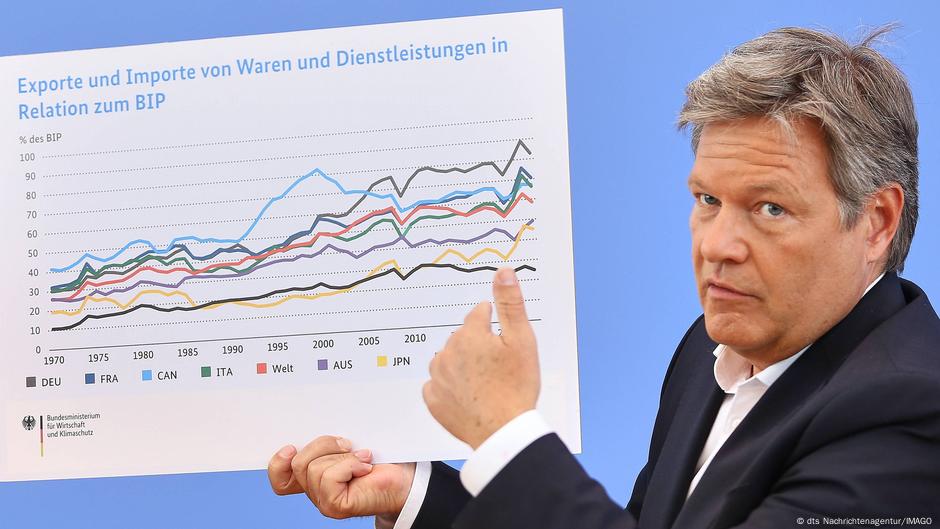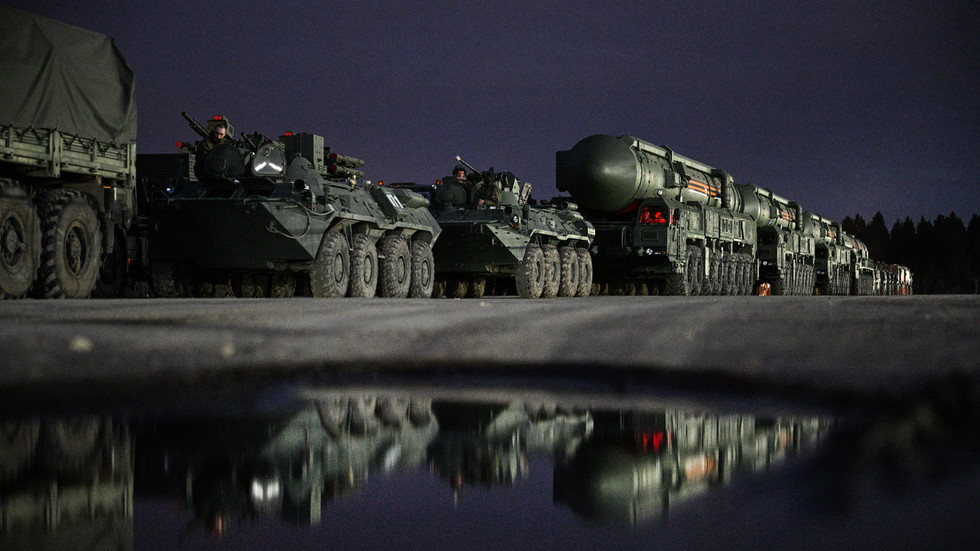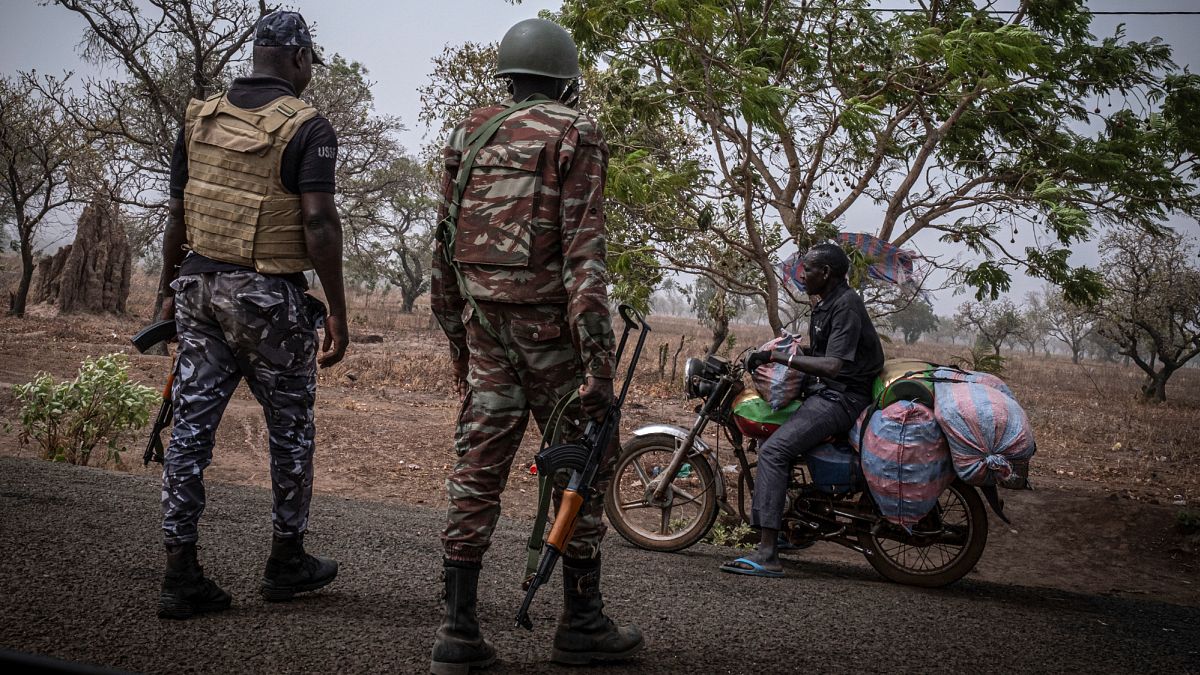 The Papanasam beach, viewed from North Cliff, Varkala, Thiruvananthapuram. Credit: Bharath Thampi/IPS
The Papanasam beach, viewed from North Cliff, Varkala, Thiruvananthapuram. Credit: Bharath Thampi/IPSVARKALA, India, Apr 24 (IPS) - Varkala is an area with unique geological and geomorphological heritage. But its fragile cliffs are also affected by severe weather and high waves during the monsoon season. Activists say rampant and illegal tourist infrastructure and climate change are putting this dramatic landscape at risk.From the top of the cliff, the beach down below appears like a box of sand, with people scattered on it like tiny ants. This is Varkala, arguably the most sought-after coastal tourism spot in Kerala, India, right now.
The Varkala cliff—spanning across Edava Cliff, North Cliff, and South Cliff—is 7.5 km long and has a maximum height of 40 m. Religious rituals take place at the part of Papanasam beach that divides the North and South Cliffs.
You can reach the North Cliff by climbing steep steps from the beach, and it is at the top that you will experience the hustle and bustle. It has close to 250 shops of varying sizes, dozens of restaurants, and a few resorts on one side. The cliff, overlooking the beach, lies on the other side, separated by a narrow pathway. At certain points along the pathway, you can see steps leading from the edge of the cliff down towards the Papanasam beach. Now and then, you come across a signboard warning you to stay away from the cliff’s edge.
 Signs warning the tourists of danger due to cliff erosion. Credit: Bharath Thampi/IPS
Signs warning the tourists of danger due to cliff erosion. Credit: Bharath Thampi/IPSThe width of the pathway varies, with some sections measuring a dozen feet or more, while in others, the cliff boundary is just a short distance from the shops: dangerously narrow, one can’t help wondering how safe it is.
However, this sought-after tourist destination is crumbling due to climate-change-related weather and poorly managed development. Despite this, India's Tourism Minister said after he inaugurated a four-day International Surfing festival at Edava beach in Varkala that the region is being promoted as an adventure tourism destination.
“Adventure sports, such as trekking, cycling, and surfing, are gaining popularity among people of all age groups. The Tourism Department has identified this trend and is strengthening its efforts with the help of the Kerala Adventure Tourism Promotion Society (KATPS) to promote adventure tourism,” Kerala Tourism Minister Mohamed Riyas said.
Dr. Sajin Kumar K.S., Assistant Professor in Geology at Kerala University, has published numerous papers on Varkala and its cliffs. Varkala's unique place in Indian geology and geomorphology has prompted him to call for its declaration as a Global Geopark. Varkala is known for its coastal lateritic cliffs, which show the complete Mio-Pliocene layers of the Warkalli Formation.
“The topmost layer of the cliff is made up of hard laterite, followed by several layers of carbonaceous clay and sandstone below it,” he explains, describing the cliffs with their layers of cream, ochre, and brown sediments.
Sanjeev S.J., an environmental activist and the chairman of the Kerala-based Environmental Protection and Research Council (EPRC), has raised the issues of unauthorized and unregulated construction and illegal encroachments on the Varkala beaches and cliff sites, corruption in regulatory enforcement, and administrative negligence with the concerned authorities over the years. Sanjeev has been so persistent in his efforts and stance that he has earned the tag of being “anti-development.”
 The North Cliff, observed from the top. Credit: Bharath Thampi/IPS
The North Cliff, observed from the top. Credit: Bharath Thampi/IPSThomas Lawrence is another environmental activist whose organization, Save Wetlands International Movement (SWIM), intervened through official channels after the controversial demolition of the cliff near the Papanasam Bali Mandapam in June 2024. The authorities allegedly used the Disaster Management Act to demolish it, but activists say they irregularly demolished a rare geological formation to safeguard illegal structures.
The combined efforts of environmental activists like Sanjeev and Thomas have had some success. The National Green Tribunal stepped in late last year, urgently seeking status reports from the GSI and other responsible bodies. Last year, the District Disaster Management Authority (DDMA) directed the municipal corporation to close the pathway after several cliff erosion occurrences.
Dr. K.V. Thomas, a former scientist at the National Centre for Earth Science Studies (NCESS), Thiruvananthapuram, was part of the team that had conducted one of the earlier studies about the beaches and biodiversity of Varkala. He recalls that in 1996, Varkala was designated an Area of Outstanding Natural Beauty (AONB)—protected by the Coastal Regulation Zone-1 (CRZ-1). But in 2019, Varkala was removed from this list, and the buffer zone restriction under the CRZ-1 rules, which restricts new construction within 200 meters of the High Tide Line (HTL) in ecologically sensitive areas, was also lifted because it was affecting the tourism sector in the area.
The first detailed official report on the phenomenon of cliff erosion in Varkala and the methods to protect it was prepared in 2012— a joint venture by the Geological Survey of India (GSI), NCESS, and the Geological Dept. of Kerala University. The report did not receive significant attention until 2024, when the Trivandrum collector made the controversial decision to demolish part of the cliff at Papanasam.
 In certain places, the shops are perilously near the edge of the cliff. Credit: Bharath Thampi/IPS
In certain places, the shops are perilously near the edge of the cliff. Credit: Bharath Thampi/IPSEven though Varkala was declared as a geo-heritage site in 2014, the bill to officially include it in that category was only initiated in 2022, says Dr. V. Ambili, the Deputy Director General at GSI, Kerala. At present, the GSI has mapped 6.14 km of the cliff area to be protected.
“Once the bill gets passed, we expect the local landowners to still hold their lands but adhere to the guidelines regarding a geo-heritage site. Whatever piece of land comes under the state government/municipality shall be looked after by them.”
The people of Varkala are skeptical of the scientific evidence put forward by GSI and other departments, though. They think the cliffs are safe except for the gradual natural erosion.
“We have considered the natural factors influencing the cliff erosion in our studies too,” Sajin says, addressing the misconception. The consistent wave and tide action and its effect on the friable sandstones at the bottom, which in turn develop tension cracks on the top laterite layer, rainfall, the slope gradient of the cliff, etc., have all contributed to the erosion over the decades.
The tourism boom in Varkala, the subsequent rampant construction of structures, continuous vehicle movement and parking, and an unscientific drainage system have all made the cliffs more vulnerable, Sajin argues.
He points out that over the last century there has been close to 109 m of lateral cliff erosion that has taken place in just the North Cliff side. Nearly two-thirds of that has taken place in the past three decades alone. And not surprisingly, he continues, the North Cliff has seen increased tourism and construction in this century.
 Property owner Gopalakrishnan R. Pillai. Credit: Bharath Thampi/IPS
Property owner Gopalakrishnan R. Pillai. Credit: Bharath Thampi/IPSGopalakrishnan Pillai, whose family owns several pieces of land near the Papanasam beach, is the President of the local collective called the Varkala Tourism Department Association (VTDA), which was founded by a few like-minded people in the best interests of Varkala and to promote healthy tourism.
He vividly recollects the physical transformation that has happened to Varkala over the years and shows me a picture of the protruding North Cliff from the classic Malayalam movie Chemmeen (1965). The cliff edge has become considerably shorter across those six decades.
But Gopalakrishnan remains ambivalent about the move from the government and the official bodies to make Varkala a geo-heritage park. He fears that such a move will ultimately take ownership of land away from the local communities and bring control under the government.
 A screenshot from Chemmeen highlighting the north cliff taken from an old movie. This is a visual representation of what the scene looks like now. Credit: Bharath Thampi/IPS
A screenshot from Chemmeen highlighting the north cliff taken from an old movie. This is a visual representation of what the scene looks like now. Credit: Bharath Thampi/IPSMohammed Riza, another native of Varkala, acknowledges that most of the heavy construction on top of the cliffs is illegal. “The municipal corporation has always been in cahoots with the resort owners,” he alleges. According to him, more than 90 percent of the establishments in these cliffs—resorts, restaurants, and shops—are not owned by the local communities. They have leased out their land to “outsiders,” who he feels benefit the most through tourism in Varkala.
Dr. Sanjay Sahadevan, a native of Varkala and an active member of VTDA, agrees with the scientific experts’ opinion on the water drainage issue in the North Cliff.
“But it shouldn’t have taken the intervention of the central government or expert committees to deduce that the Varkala cliffs needed a proper drainage system. The municipal corporation should have taken care of it long ago,” he grimly points out.
The South Cliff, which isn’t as long as the north side, contains only resorts and homestays. Anoop Ajayan, a manager at one of the resorts there, tells me that this area developed only in the past five years. There’s also a common sewage treatment plant on this side of the cliff. While most of the resorts have kept a 100-meter gap from the cliff edge, one of them failed to abide by that regulation, even continuing construction despite the municipal corporation’s notice. When a part of the cliff below the resort’s ongoing construction collapsed last year, the corporation intervened more firmly, stopping any activities there indefinitely. Despite that, Anoop adds, the resort has continued to be operational.
Ramachandran Potty, the Managing Director of Vision Varkala Infrastructure Development (VVID) Corporation, an organization founded in 2013 to protect Varkala’s interests, of which one of the chairmen is the Kerala Chief Minister himself, tells me that currently 121 resorts/homestays have been served notice there. Eventually, these establishments will have to either shut down or relocate, adhering to the regulations, he adds.
The proper management of water drainage and the installation of a geo-tube for reducing the seawater coming in are some of the other action plans for VVID.
People interviewed by IPS believed that banning or even restricting tourism on the cliffs wasn’t in the best interests of the place. They strongly believe that structural methods can reinforce the cliff if the government is truly committed to doing so.
The lack of coordination among the different responsible authorities is the major obstacle to preserving Varkala, as most of them point out. As Sanjay says, "The municipal bodies and state governments, including the tourism and other concerned departments, should join hands with the scientific bodies to address the concerns of the local communities of the region—who are the major stakeholders—to save our beaches and cliffs."
References:
Spectral and chemical characterization of jarosite in a palaeolacustrine depositional environment in Warkalli Formation in Kerala, South India and its implications (Authors: Mahima Singh, V.J. Rajesha, K.S. Sajinkumar, K. Sajeev, S.N. Kumar)
The Tertiary sequence of Varkala coastal cliffs, southwestern India: An ideal site for Global Geopark (Authors: K.S. Sajinkumar, M. Santosh, V.R. Rani, Subhash Anand, A.P. Pradeepkumar, Anil Chavan, K.P. Thrivikramji, P.V. Ramachandran)
A composite fall-slippage model for cliff recession in the sedimentary coastal cliffs (Authors: K.S. Sajinkumar, J.P. Kannan, G.K. Indu, C. Muraleedharan, V.R. Rani)
IPS UN Bureau Report This feature is published with the support of Open Society Foundations
Follow @IPSNewsUNBureau
Follow IPS News UN Bureau on Instagram
© Inter Press Service (2025) — All Rights Reserved. Original source: Inter Press Service

 3 hours ago
7
3 hours ago
7









